|
|
Post by Bonobo on Aug 28, 2011 9:34:31 GMT 1
|
|
|
|
Post by valpomike on Aug 28, 2011 13:25:24 GMT 1
I knew they could, I knew they could. Just another great job done in Poland.
Mike
|
|
Hellrazor
Just born
 Some things will never change...
Some things will never change...
Posts: 21
|
Post by Hellrazor on Oct 18, 2011 19:19:13 GMT 1
whether the stadium is finished? ;O hard for me to believe ;O
|
|
|
|
Post by pgardecki on Oct 29, 2011 9:41:38 GMT 1
 Last Night in Wroclaw win at new stadium ! 42.000 people come to see it. Full house. |
|
|
|
Post by Bonobo on Oct 29, 2011 20:03:19 GMT 1
|
|
|
|
Post by Bonobo on Oct 29, 2011 20:48:23 GMT 1
|
|
|
|
Post by Bonobo on Feb 14, 2012 10:38:46 GMT 1
|
|
|
|
Post by pjotr on Feb 16, 2012 23:45:03 GMT 1
These modern stadiums look like gigantic Babka (cake) or Gugelhupf.
I like the Gdañsk Stadium! It has the shape of a Persian Shia mosque or Sikh temple without the minaret or tower.
|
|
|
|
Post by Bonobo on Mar 11, 2012 10:33:34 GMT 1
The history of the Warsaw Stadium: 1950s: 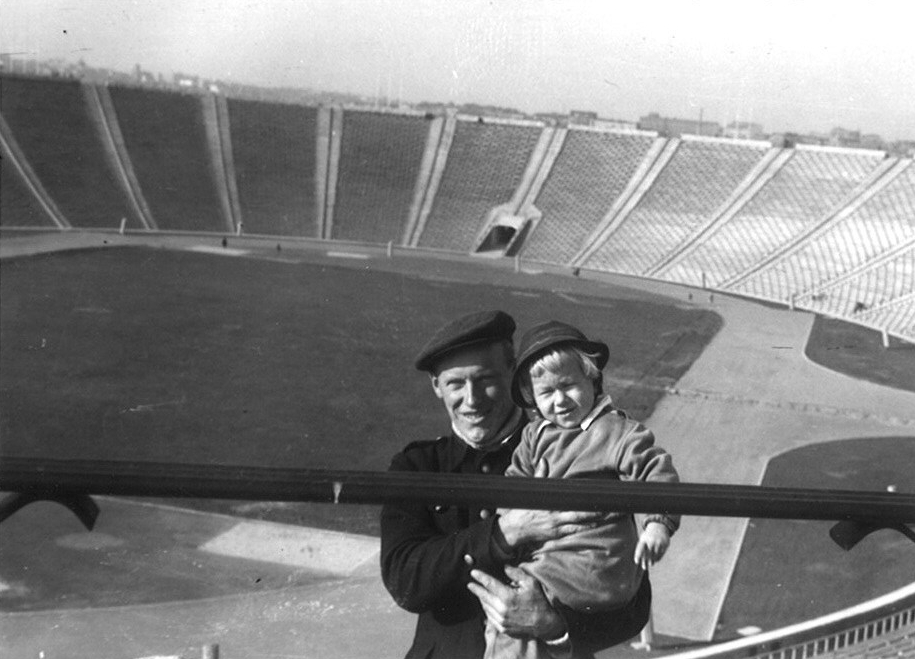 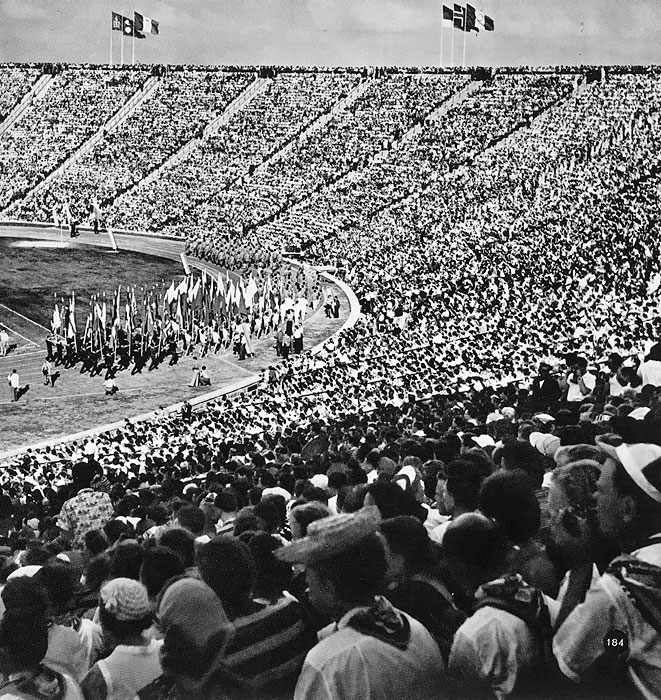 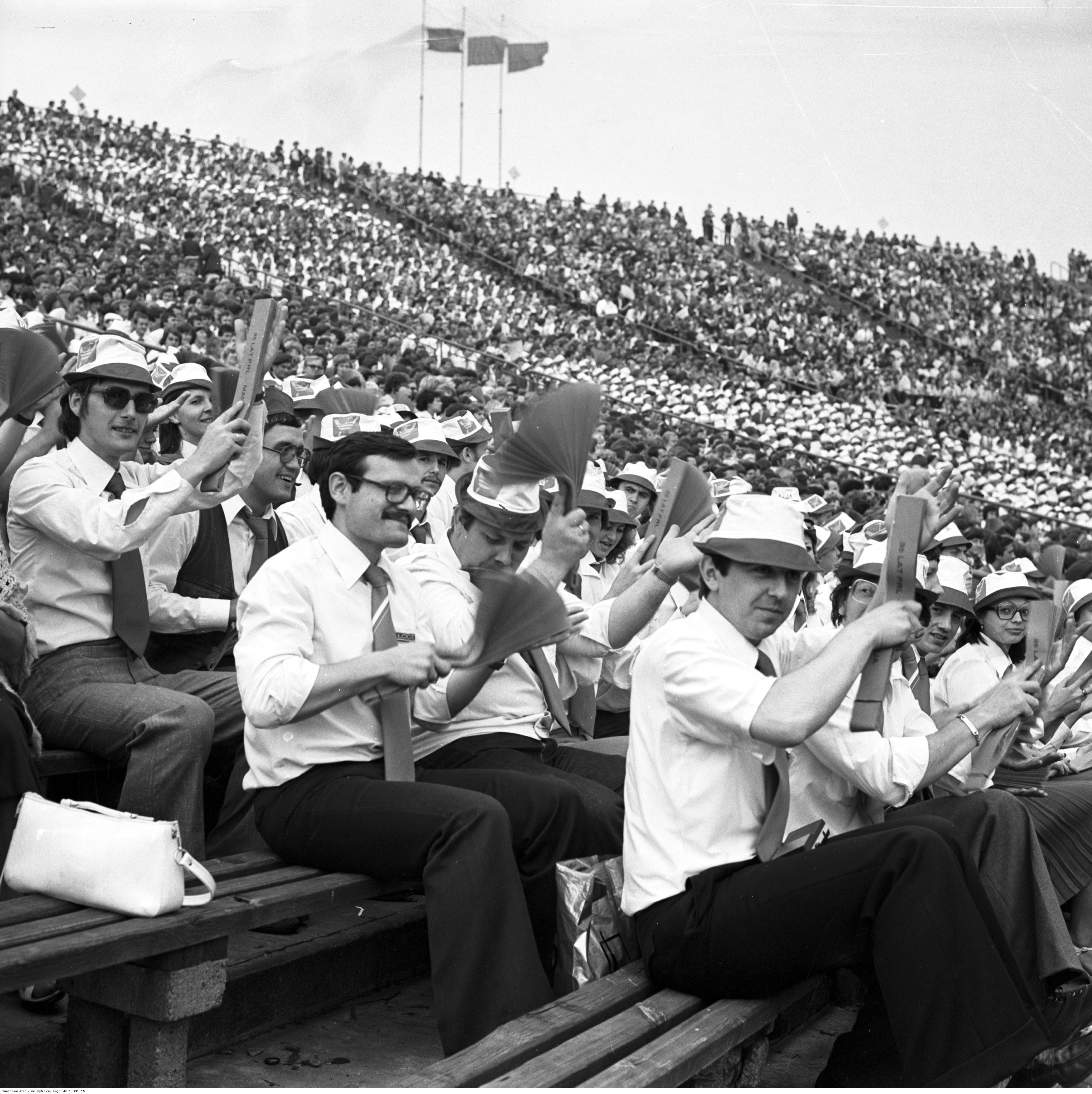 1980s  1990s - 2000s 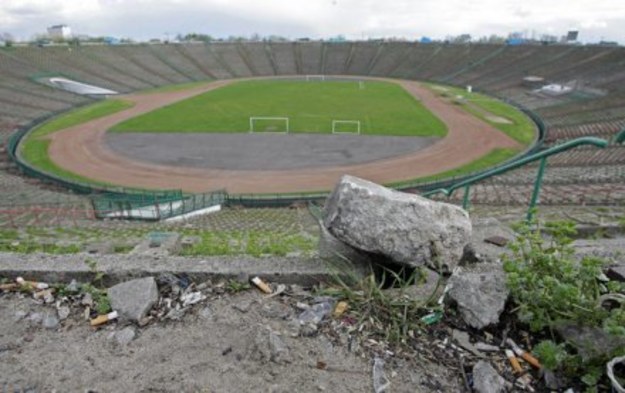  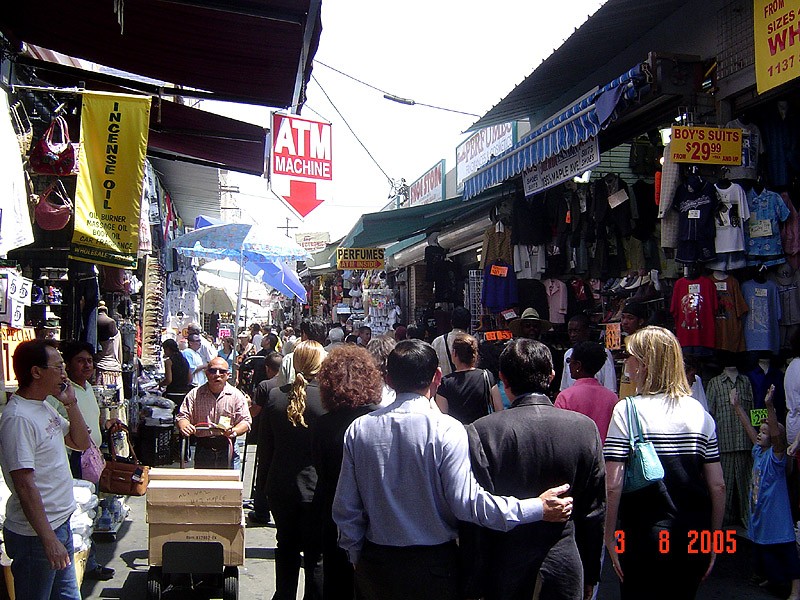 
RIP Warsaw's Russian Market
Alex Webber - 14th January 2010
© Wikipedia
The Russian Market has been consigned to history
The Russian Market has been consigned to history
Share:
Tweet this story Send to facebook Add to Stumbleupon Add to Delicious Digg this story Sent to Reddit
As 2012 and the European Football Championships approach, Poland's new multi-million euro national stadium complex can be seen growing by the day over on the Praga, east bank, of the Wisla river. However fantastic the new development looks though, for this writer the area will always be remembered as the former home to Europe’s largest outdoor market, Warsaw’s most absurd attraction, and our favourite source of Valentine’s gifts. The Russian Market.
While the rest of Saska Kêpa enjoyed a reputation for its serenity this was anything but, and little more than a battlefield of tramlines and concrete subways, always buzzing with people laden with plastic bags making their way to Poland’s most famous market. Crumbling and decrepit Stadion Dziesiêciolecia, where the market was based, was originally built in the 1950s on top of WWII rubble to mark the anniversary of the end of WWII. The oval shaped open air arena became the national football stadium and frequently drew capacity crowds of 70,000, and occasionally much more for official state parades and festivals. It was in front of a crowd of 100,000 that Ryszard Siwiec set himself ablaze in 1968 in protest at the Soviet led invasion of Czechoslovakia.
By the late 1980s the stadium had been left to fall into disrepair, the memories of Michael Jackson performing to tens of thousands of people a fading memory. It was the fall of the Iron Curtain that was to signal its rebirth. Rented out by the city to a group called Jamark Europa the stadium emerged to become the focus of thousands of traders from Poland’s eastern borders, hence its popular tag ‘The Russian Market’. The Russians – and the guns they sold – were replaced by hawkers from Vietnam, Nigeria and other far flung destinations. Although it's clothes, including some hilarious counterfeit designer attempts (Kevin Clein, Hugo Bass, Tommy Hilfinger), that took up the bulk of the market, it was still possible to pick up some treasures including Soviet military medals, pirated Depeche Mode CDs featuring Bulgarian bonus tracks and electrical devices that go boom the moment they’re plugged in – great Christmas gifts. Indeed, this was the main point for black market activity in Poland, with over 30,000 traders prosecuted since the market began. Figures taken from Wprost magazine a few years back revealed some shocking statistics. It’s estimated some 30,000 pirate CDs changed hands each day, 500 stolen mobiles, 10,000 litres of illegally imported booze and ten guns.
Largely illegal it may have been, but this was a cultural experience that was second to none. Poland, however moves forward. The site, once complete, will host a 70,000 all-seater national stadium, a new subway link, an Olympic swimming pool, hotel and conference facility. Today  |
|
|
|
Post by Bonobo on Jun 21, 2012 21:25:47 GMT 1
Poland has dropped out of soccer games. But Poland has gained much more. Publicity and fame as an excellent organiser. Our 4 stadiums are praised as modern and beautiful. Gdañsk. Its colour refers to amber, the staple of the Baltic Sea:   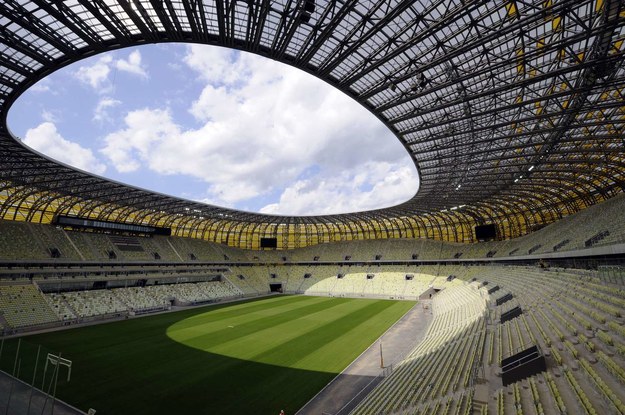  Wroc³aw    Poznañ    Warszawa. Its looks reminds of a wicker basket - a popular gadget with long tradition in Poland. (mushroom hunters, are you there?)      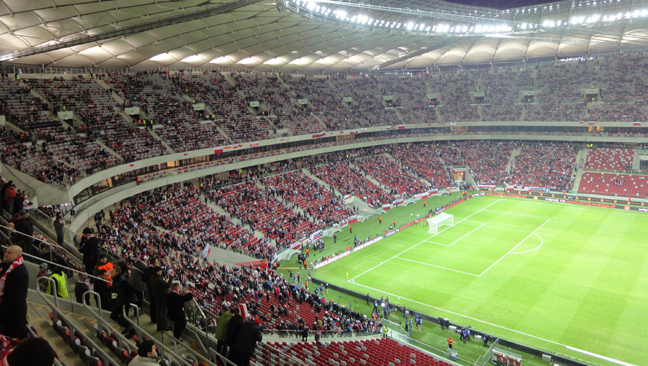   What about the 4 host cities?: Warsaw, Polish capital since late 16 century, nearly completely destroyed during WW2, rebuilt:   qualifiedguess.files.wordpress.com/2011/08/warszawa100ds9.jpg qualifiedguess.files.wordpress.com/2011/08/warszawa100ds9.jpg   polska.pl/polska/51 polska.pl/polska/51,125333,11444845.html?i=5 Gdañsk, independent (but kept close ties to Poland for centuries) or under German control, heavily destroyed during WW2, rebuilt. Cradle of Solidarity. upload.wikimedia.org/wikipedia/commons/5/5b/Gda%C5%84sk_kamienice_przy_D%C5%82ugim_Targu.jpgseethisnowreadthis.files.wordpress.com/2010/04/img_7562-e1271495364951.jpgseethisnowreadthis.files.wordpress.com/2010/04/img_7574.jpg  polska.pl/polska/51 polska.pl/polska/51,125333,11453557.html?i=7 Wroc³aw, capital of Lower Silesia region, German for a long time, after WW2 Polish, heavily destroyed, rebuilt:      polska.pl/polska/51 polska.pl/polska/51,125333,11450303.html?i=27 Poznañ, an old Polish city, a capital for a while, for some time under German control, hosts famous Poznan Fairs:   1.bp.blogspot.com/-qeRGd1pxhdM/TzOpVaB81GI/AAAAAAAAB9I/xelHVsvHyyI/s1600/poznani.jpg 1.bp.blogspot.com/-qeRGd1pxhdM/TzOpVaB81GI/AAAAAAAAB9I/xelHVsvHyyI/s1600/poznani.jpg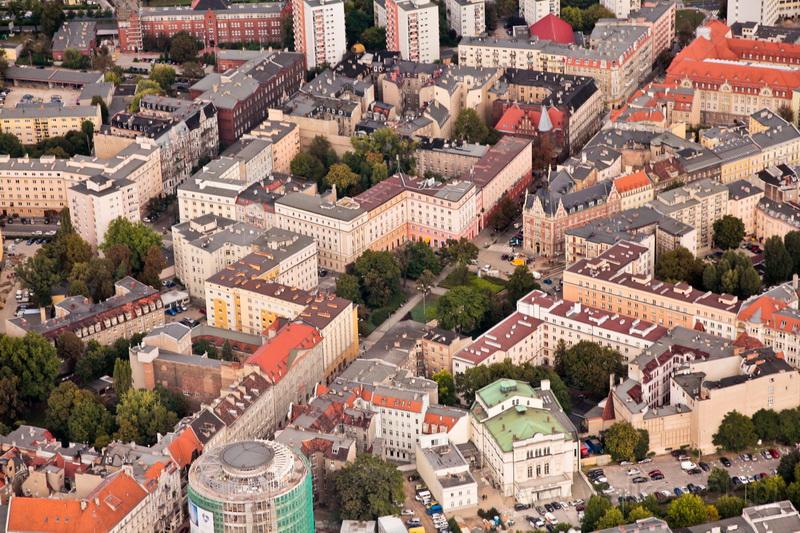 poland.pl/poland/0 poland.pl/poland/0,0.html See Polish fans polandsite.proboards.com/index.cgi?board=peoplepoland&action=display&thread=2361 |
|
|
|
Post by Bonobo on Jul 30, 2012 18:19:04 GMT 1
|
|
|
|
Post by Bonobo on Apr 2, 2020 11:13:16 GMT 1
The Euro Cup took place in 2012. It is like prehistory. I can`t get rid of the haunting view of the stadium in Donieck, Ukraine, once so grand, today damaged by shelling during the civil war and closed. Seeing those photos, I never cease to compare the fate of Poland and Ukraine. 2012 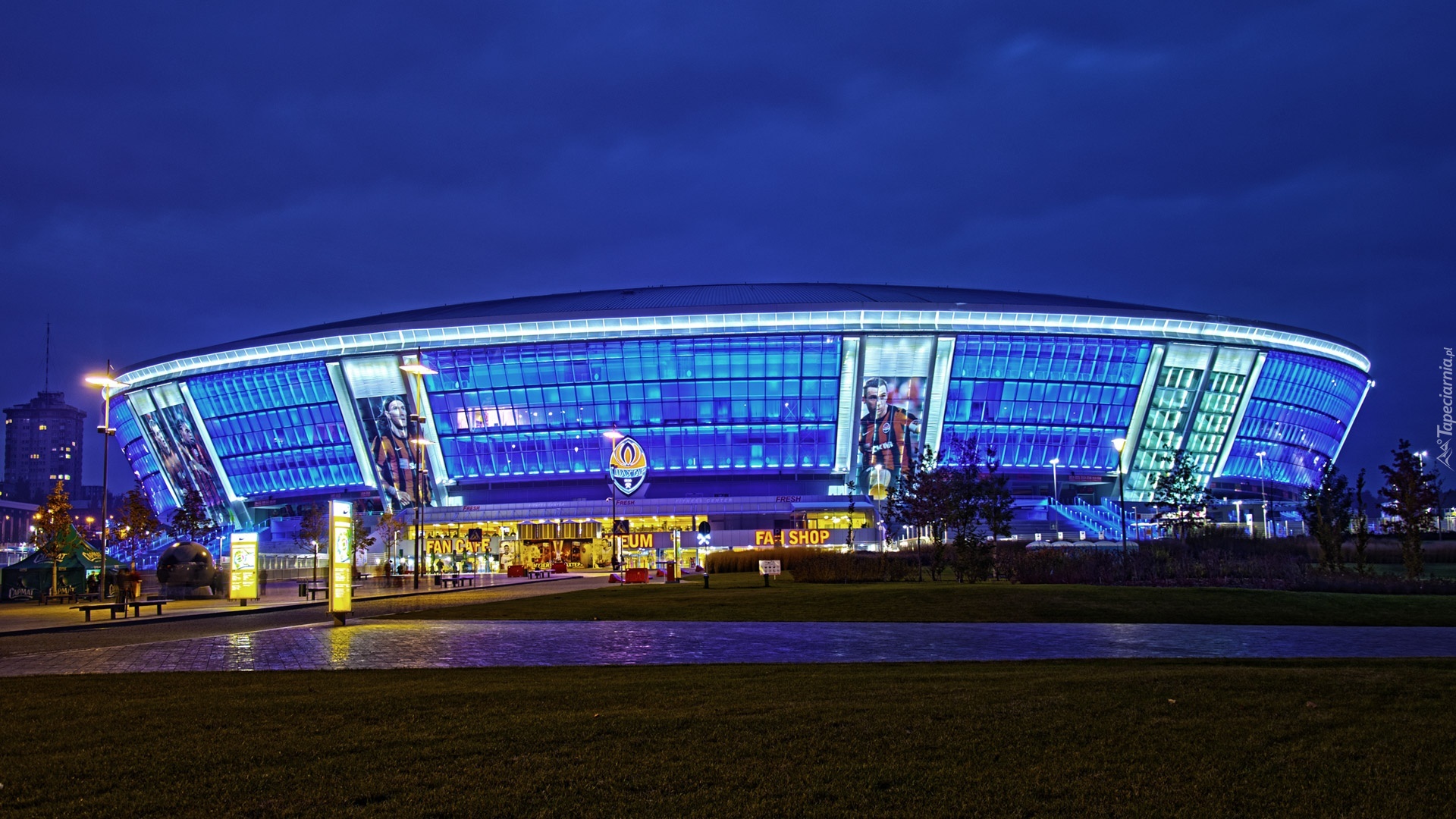 2020 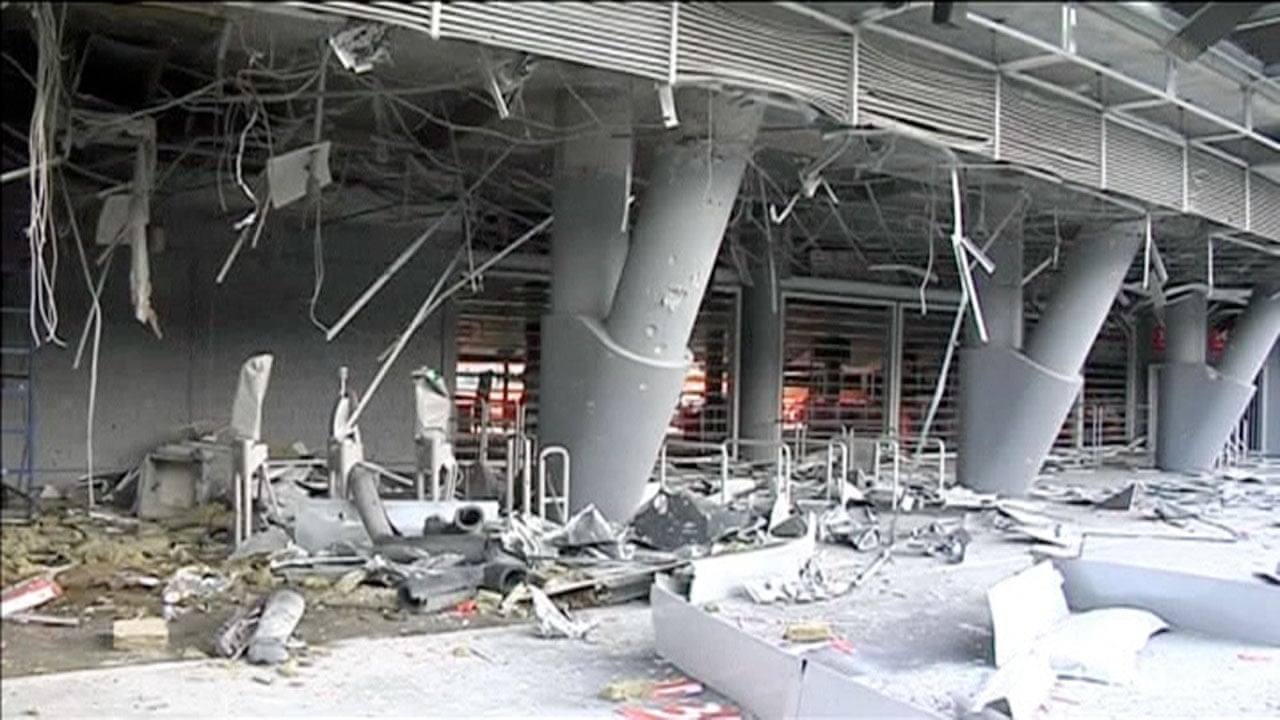 |
|